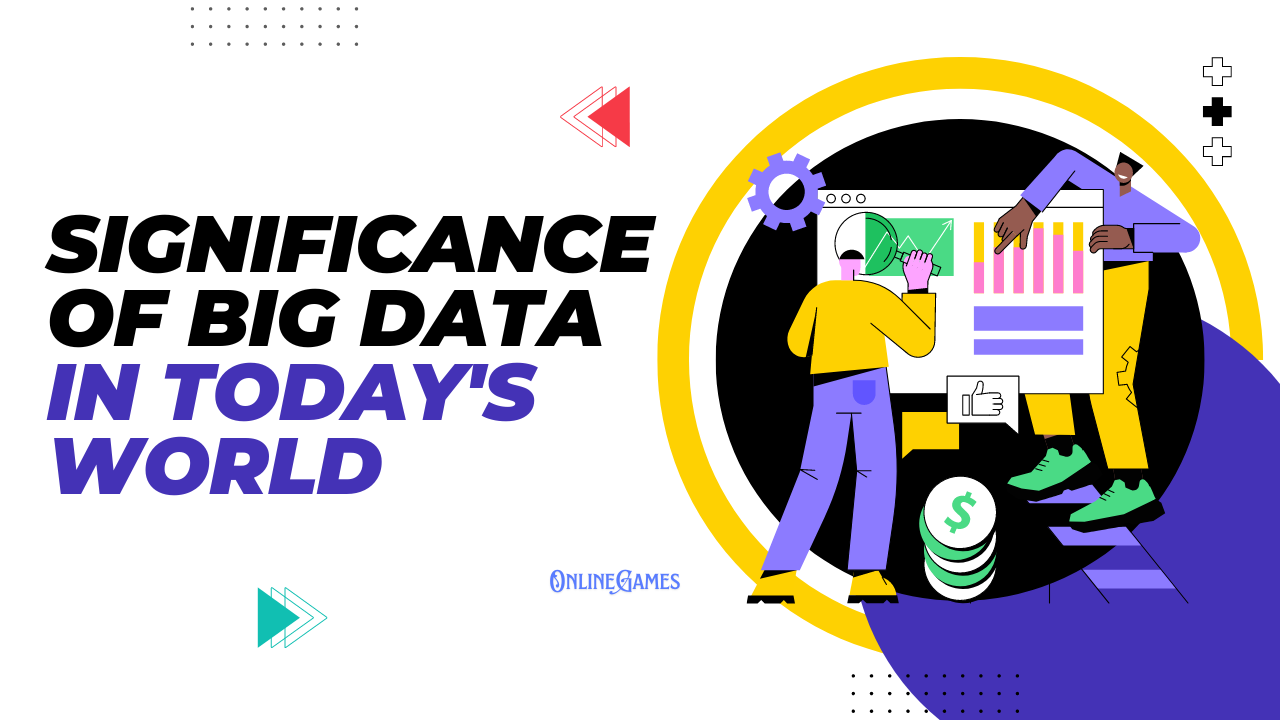In the contemporary landscape, the relevance of big data is paramount. It drives innovation, influences decision-making, and plays a critical role across various sectors. As we delve into the significance of big data, it becomes clear how indispensable it has become in today’s world.
Understanding Big Data: A Fundamental Overview
Big data refers to the vast volumes of data generated every second from diverse sources such as social media, sensors, transactions, and more. These datasets are so extensive and complex that traditional data-processing software finds it challenging to manage them. The primary attributes of big data, often referred to as the “3 Vs,” are:
- Volume: The sheer amount of data generated.
- Velocity: The speed at which data is created and processed.
- Variety: The different types and formats of data, including structured and unstructured data.
Big Data’s Impact on Various Industries
Healthcare: Enhancing Patient Care and Operational Efficiency
In the healthcare sector, big data has revolutionized patient care by enabling predictive analytics, which forecasts patient outcomes and helps in preventive care. By analyzing vast amounts of patient data, healthcare providers can improve diagnosis accuracy and treatment plans. Big data also aids in operational efficiency by streamlining administrative processes and reducing costs.
Finance: Revolutionizing Risk Management and Fraud Detection
In finance, big data is pivotal in risk management and fraud detection. Financial institutions leverage big data analytics to assess risks more accurately and make informed decisions. They use real-time data to detect fraudulent activities and prevent them, enhancing security and trust.
Retail: Transforming Customer Experience and Inventory Management
The retail industry uses big data to enhance the customer experience by personalizing services and marketing strategies. Big data analytics helps retailers understand consumer behaviour and preferences, leading to more targeted marketing campaigns and improved sales. Additionally, it aids in efficient inventory management, ensuring that supply meets demand effectively.
Manufacturing: Optimizing Production and Predictive Maintenance
In manufacturing, big data helps in optimizing production processes and predictive maintenance. By analyzing machine data, manufacturers can predict equipment failures and schedule maintenance before any breakdowns occur, thus reducing downtime and operational costs.
The Role of Big Data in Decision Making
Big data plays a crucial role in decision-making processes across organizations. It provides valuable insights that help in strategic planning and operational efficiency. By analyzing historical data, organizations can predict future trends and make informed decisions. This predictive capability is invaluable in sectors like finance, healthcare, and logistics.
Enhanced Decision-Making through Predictive Analytics
Predictive analytics, a significant aspect of big data, uses historical data to forecast future events. It helps organizations anticipate trends and consumer behaviours, leading to better strategic planning and competitive advantage.
Real-Time Decision Making
Big data enables real-time decision-making by providing immediate insights from current data. This capability is essential in areas like stock trading, where timely decisions can make a significant difference.
Big Data and Technological Advancements
The evolution of big data is closely tied to technological advancements. Innovations such as artificial intelligence (AI), machine learning, and the Internet of Things (IoT) have expanded the capabilities of big data, making it more powerful and useful.
Artificial Intelligence and Machine Learning
AI and machine learning leverage big data to improve their algorithms and functionalities. These technologies analyze large datasets to learn and make predictions, enhancing their accuracy and efficiency over time.
Internet of Things (IoT)
The IoT generates vast amounts of data from connected devices. Big data analytics processes this data to provide actionable insights, helping organizations optimize their operations and enhance user experiences.
Challenges of Big Data
Despite its advantages, big data comes with its challenges. These include issues related to data privacy, security, and management.
Data Privacy and Security
With the growing volume of data, concerns about data privacy and security have increased. Organizations must ensure that they have robust security measures in place to protect sensitive information from breaches and unauthorized access.
Data Management
Managing the sheer volume and variety of data is another significant challenge. Organizations need efficient data management systems to store, process, and analyze data effectively.
The Future of Big Data
The future of big data looks promising, with continuous advancements in technology enhancing its capabilities and applications. As more industries adopt big data analytics, its impact on the global economy will grow, leading to more innovation and efficiency across sectors.
Emerging Trends in Big Data
Emerging trends such as edge computing and quantum computing are expected to revolutionize big data analytics. These technologies will enable faster data processing and more complex analyses, opening up new possibilities for big data applications.
Big Data and Sustainability
Big data also has the potential to contribute to sustainability efforts by enabling more efficient resource management and reducing waste. By analyzing environmental data, organizations can develop strategies to minimize their ecological footprint.
The Indispensable Role of Big Data
Big data is a cornerstone of the modern world, driving innovation and efficiency across various industries. Its significance cannot be overstated, as it continues to shape the future of technology and business. Organizations that harness the power of big data effectively are well-positioned to thrive in the ever-evolving digital landscape.






